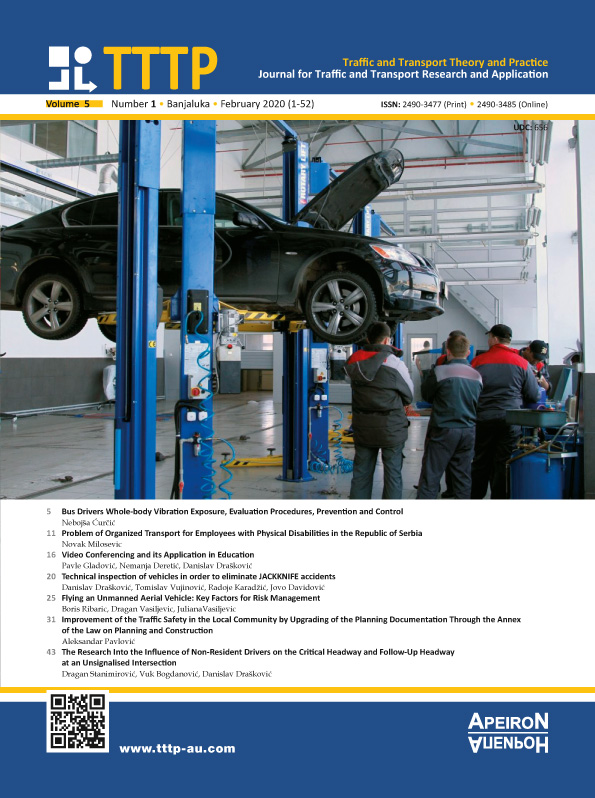Video Conferencing and its Application in Education
DOI:
https://doi.org/10.7251/JTTTP2001045GAbstract
In many countries, the demand for jobs in the conventional education system far exceeds the available job offers. Under the right circumstances, open and distance learning systems have proven that they can provide quality education and training to many people at lower unit costs than conventional education systems. In remote or sparsely populated areas, it is not economically feasible to provide the full range of educational opportunities and vocational training through the conventional institutions. Video conferencing as a method of distance education enables learning and training to be delivered in a more efficient and economical way. Due to the rapid development of technology, the idea that a student is trained as a young person for the same life-long job is becoming less viable. Most people are likely to change the profession for at least two or three times throughout their careers. This paper provides some technologies and standards used in video conferencing. In addition, it outlines some basic types of video conferencing and equipment requirements.Downloads
Published
2020-03-16
Issue
Section
Чланци
